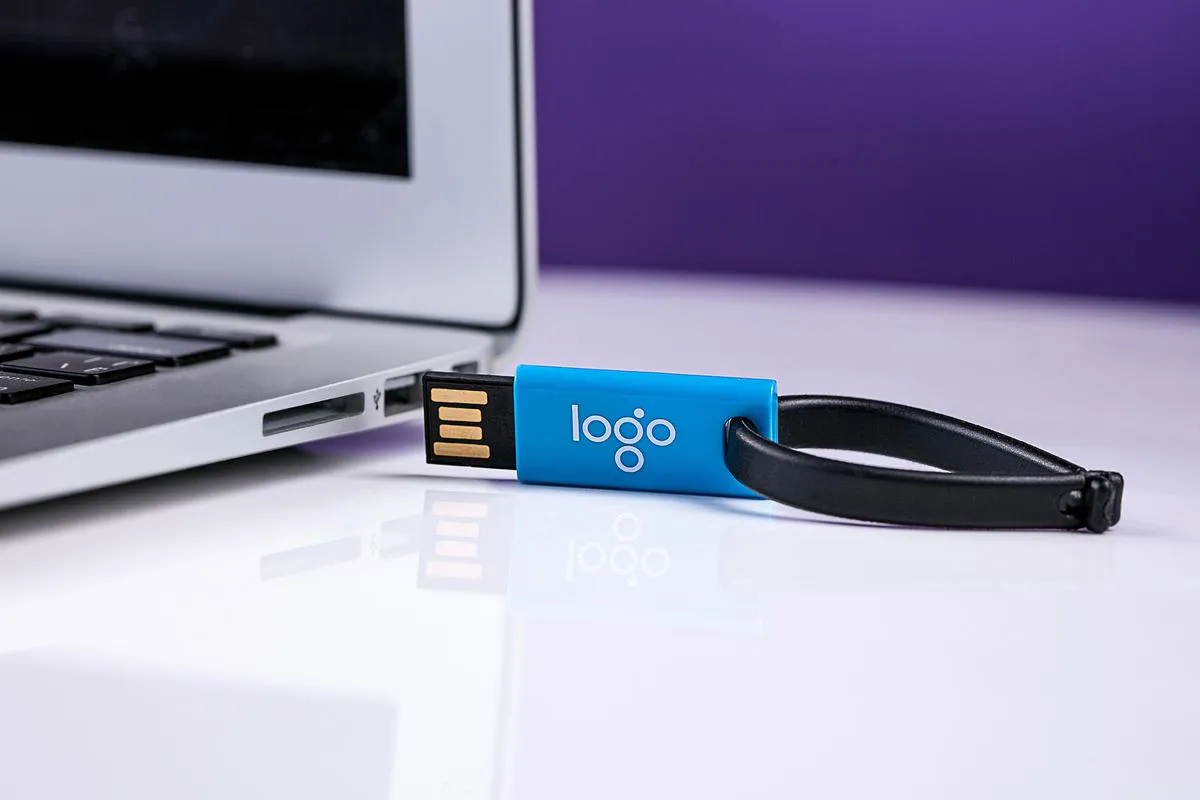Today, technology dynamics are changing every minute. The world is becoming a global village thanks to data digitization. However, businesses, individuals, and governments are becoming a target of data breaches. Data leaks cause unforeseen reputational and financial damages
External drives like flash drives are inexpensive and convenient. They are used to store and transport confidential information. In addition to their convenient nature, they’re not immune to data breaches.
You need to secure your private information to protect yourself from malicious data attacks. Securing data in flash drives is not inherently complex. There are practical ways you can use to keep your data safe and far from hackers.
Encrypt Flash Drives
In cryptography, encryption is defined as the process of scrambling/encoding data to make it unreadable to an unauthorized party. Typically, the plaintext is converted to cipher text. Hackers can access the data but can’t decrypt the cipher text either by guessing the key or using brute force.
There are two main types of encryption:
Symmetric encryption is where the same key is used to both encrypt and decrypt data. The method offers superior data security and is widely adopted by many governments. Advanced Encryption Standard (AES) is a block cipher that falls under symmetric encryption.
AES divides data into 128-bit blocks and proceeds to encrypt it with a stronger 256-bit key. AES is undecipherable because its security increases with the key length. For instance, 256-bit encryption equals (2^256) 2 raised to the power of 256.
Additionally, each key comes with distinct rounds. There are 14 rounds in 256 bits, and breaking such a sequence not only requires higher computing power but is almost impossible.
Asymmetric encryption uses different cryptographic keys (public and private) to encrypt and decrypt. When data is encrypted using a public key, only the private key can decrypt the information to plain text.
To avoid irreversible damage and data breach, you should endeavor to encrypt your external devices, whether it’s for personal or business purposes. For organizations bound by HIPAA and GDPR, failure to encrypt data will lead to costly fines.
External devices are small in nature, and as a result, they might be prone to theft and misplacement. Encrypting your flash drive ensures any unauthorized party cant access your sensitive information such as:
- Financial information
- Business secrets
- Photos
- Identification cards
- Login credentials
Once you encrypt external devices, memorize passwords or store them safely.
Have A Back-Up
Back-ups are ideal storage options. You should have at least three sources where you have backed up your data. When one of your flash drives is stolen or damaged, you can always access your private information on time. It creates convenience.
Always Eject Flash Drives
Flash drives are powerful and robust. However, when you don’t eject them from your computer, you limit its write cycles. When the limit is reached, the flash drive might lose its response when attached to a computer or corrupt the data inside. To increase the lifespan of flash drives, always eject them after use.
Surprisingly, hackers can also infect your flash drive with a Trojan horse, spyware, or viruses. When the external device is attached to your computer, it may give unauthorized parties access to your sensitive information.
The Bottom Line
External devices are inexpensive and offer convenience. They can, however, be compromised and expose your data to unauthorized parties. One of the best ways to protect your sensitive data in flash drives is through encryption. It has complex algorithms that are almost unbreakable.
Having a back-up is a great idea to keep your data safe. Ensure you have stored your data in different flash drives in case one is stolen or corrupted. Finally, ensure you eject flash drives from your computer after use.





















